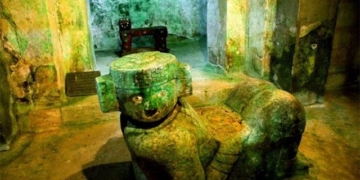To date, the unusual tomb, small in size yet containing numerous treasures valued at tens of trillions of Vietnamese Dong, continues to be mentioned by archaeologists as one of the most astonishing discoveries.
The Unusual Tomb “Revealed” After an Explosion
Experts in archaeology note that although the area of the ancient tomb is quite small, the treasures inside are both numerous and of significant value.
In the spring of 2000, a large explosion occurred in Dai Hong village, Changshan town, Zhongxiang county, Hubei province, China. Although the explosion coincided with the Lunar New Year, its sound was completely different from the usual firecrackers, causing great confusion among the villagers. The police were immediately dispatched, and people flocked to the source of the noise to discover a black hole had appeared on the ground. This hole was not deep; beneath it lay an ancient tomb. The village chief contacted the Provincial Cultural Heritage Bureau to report the situation.
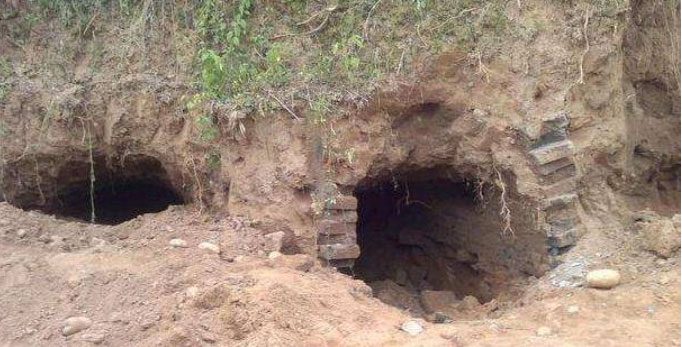
The tomb revealed after a loud explosion amazed archaeologists. (Photo: Sohu)
A team of archaeologists arrived at the scene and confirmed that this was indeed an ancient tomb. Therefore, a rescue excavation was immediately initiated.
Initially, the excavation did not proceed smoothly due to the tomb’s robust structure. The experts had to break through a massive stone gate of the tomb. However, they believed this was a good sign indicating that the interior of the tomb had not been affected by the explosion. Their initial excitement quickly turned to disappointment when, behind the gate, they found a rather small tomb. After measurement, its area was determined to be 31m2.
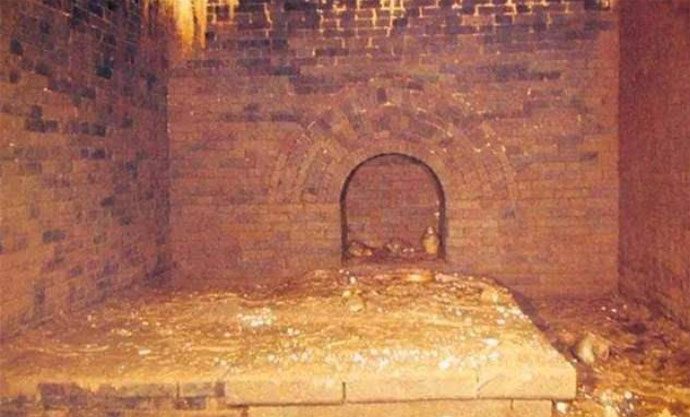
The tomb, though not large, contains countless gold and precious gems. (Photo: Sohu)
The tomb was also submerged in quite a bit of water. The archaeologists thought that a small tomb like this would not contain many burial items, and that those submerged for so long might have been significantly damaged. This excavation clearly seemed to be “more loss than gain.” Nevertheless, the experts decided to bring in several high-capacity pumps, eager to uncover the identity of the tomb’s owner.
Who Was the Owner of the Tomb?
Subsequently, they found an inscription inside the tomb. The inscription, approximately 1.17 meters tall, is affixed to the fourth wall, with the text divided into two parts: one part stating “The Tomb of Prince Lương Trang,” and the other stating “The Literary Text of the Prince Lương Trang’s Consort.” It turned out this was the tomb of Prince Lương Trang, Chu Chiêm Vỹ – a prince of the Ming Dynasty, along with his wife. According to the book “Ming History,” Lương Trang was the ninth son of Emperor Minh Nhân Tông, the fourth emperor of the Ming Dynasty. He was conferred the title of prince in the 22nd year of the Yongle era. His residence was in An Lục Châu (now part of Zhongxiang, Hubei). Later, due to not having a son, he lost his title. He only had two daughters: Princess Tân Ninh and Princess Ninh Viễn.
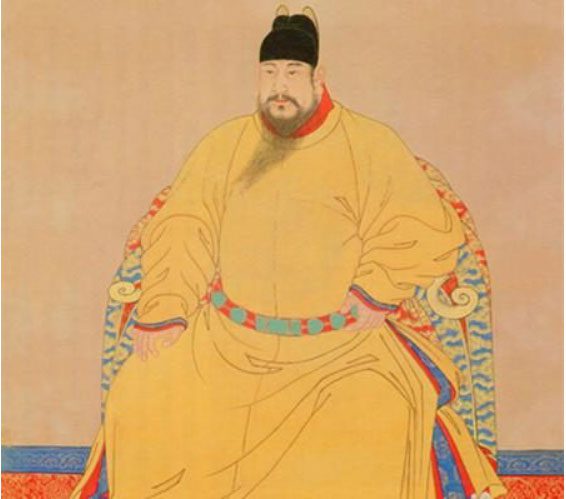
Prince Lương Trang, the owner of the tomb, was a prince of Minh Nhân Tông of the Ming Dynasty. (Photo: Sohu)
After learning this information, the archaeologists were very pleased. Some even expressed their excitement, stating: “We thought this small tomb would yield nothing, but it turned out we struck gold.” Why were the experts so enthusiastic about the tomb of Prince Lương Trang?
“Gold and silver are everywhere; one gem is worth a hundred villas.”
The reason the experts were immensely pleased to find that the tomb belonged to Prince Lương Trang is that he was a royal prince. Ancient Chinese beliefs held that “Death is like life,” meaning that after death, people continue their existence in the underworld. Therefore, ancient people often buried many items and valuable goods with the deceased. Furthermore, since Prince Lương Trang had no sons, this indicated that most of his wealth would be buried in the tomb.
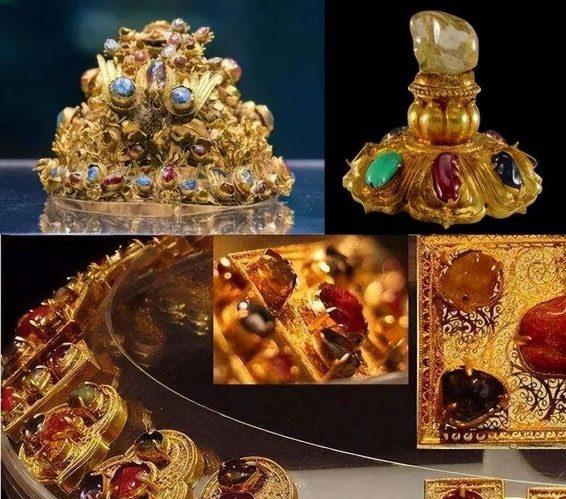
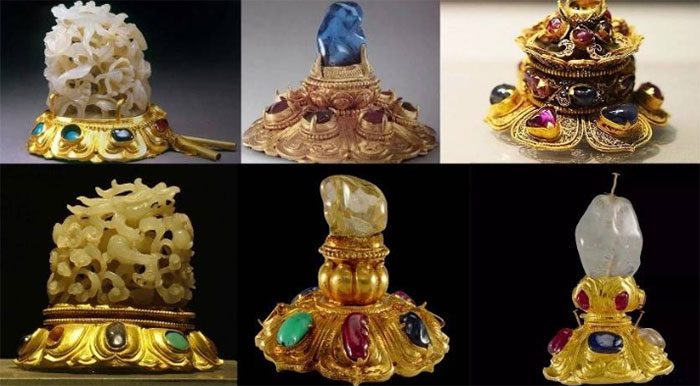
The number of high-value cultural relics inside Prince Lương Trang’s tomb reaches thousands. (Photo: Sohu)
As expected, after clearing the mud, the burial items began to emerge. According to descriptions from the archaeologists present in the tomb at that time, gold and silver jewels were everywhere. It could be said that this was the most luxurious tomb they had ever seen, with such a large number of burial items that its scale rivaled that of emperors. Although it measured only 31m², Prince Lương Trang’s tomb contained a vast amount of cultural relics. After counting, apart from the smaller and miscellaneous items, the experts counted 5,300 high-value cultural relics. Most of these were gold, silver, jade, gemstones, and porcelain.
The jewelry inlaid with gemstones was estimated to weigh about 16 kg, with silver totaling 13 kg and gemstones 14 kg. One gold ingot was estimated to be worth up to 1,000,000 RMB (over 3.3 billion VND).
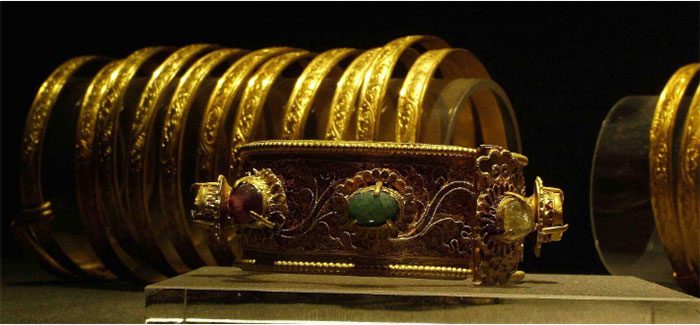
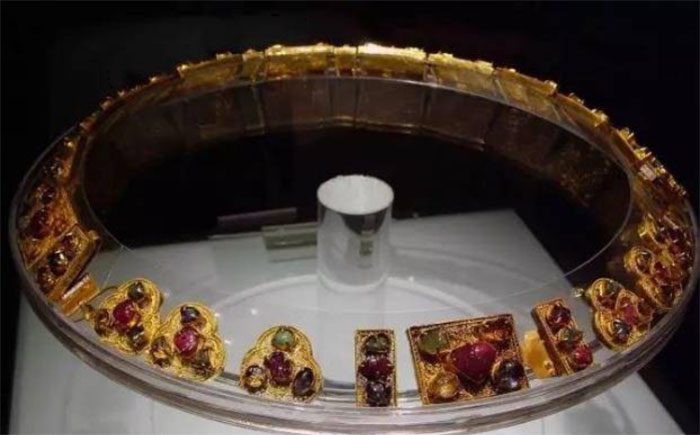
Close-up images of some treasures inside Prince Lương Trang’s tomb. (Photo: Sohu)
The number of gemstones used to inlay the jewelry was 700. The types of gemstones included rubies, sapphires, emeralds, and cat’s eye. All were of the highest quality. Notably, there was a sapphire weighing up to 200 carats confirmed as the largest found in China.
Some treasures in the tomb were believed to have been imported from abroad. Among the artifacts, a gold base topped with a finely crafted piece of obsidian was particularly noteworthy. Additionally, the gold belts inlaid with jade carved in the shape of dragons were highly regarded for the craftsmanship involved. According to expert assessments, the gold and silver treasures in Prince Lương Trang’s tomb could be considered national treasures. Their value could equate to thousands, even tens of thousands of trillions of VND, enough to purchase hundreds of luxury villas.
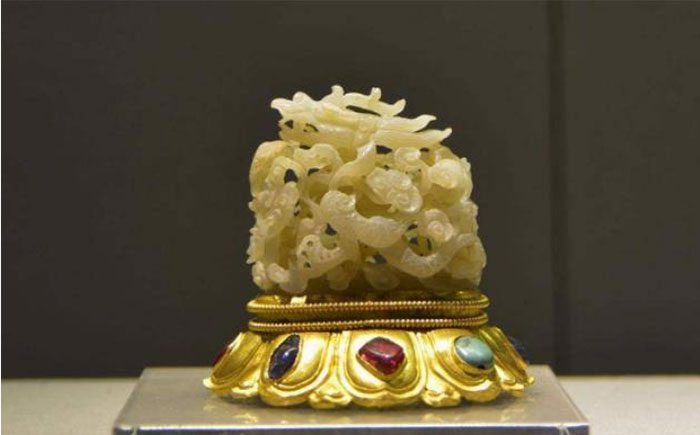
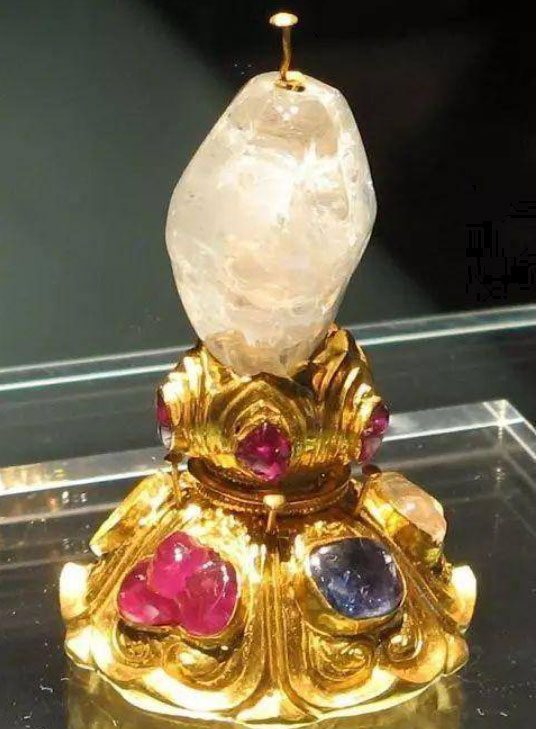
Most of the treasures in the tomb have very high value. (Photo: Sohu)
It can be said that the excavation of Prince Lương Trang’s tomb and the unveiling of the treasures was a significant event for the archaeological community in China at that time. Additionally, these treasures have helped future generations gain further insight into the lives of the royal family during the Ming Dynasty. However, why did a prince like Lương Trang possess a fortune comparable to that of an emperor?
Why Did a Royal Family Member Have a Fortune Comparable to an Emperor?
According to experts in archaeology, Prince Lương Trang’s substantial wealth was due to his living during the prosperous era of the Ming Dynasty. When his father passed away, his elder brother, Chu Chiêm Cơ, ascended the throne as Emperor Minh Tuyên Tông and decreed that the princes, including his brothers such as Viêt Tĩnh Vương, Trịnh Tĩnh Vương, Tương Hiến Vương, and Hoài Tĩnh Vương, would receive amounts corresponding to 50,000 taels of silver, while Lương Trang was granted much more than double that.
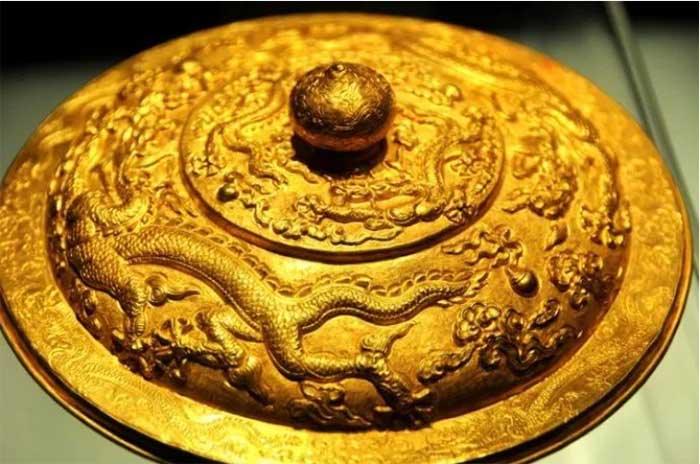
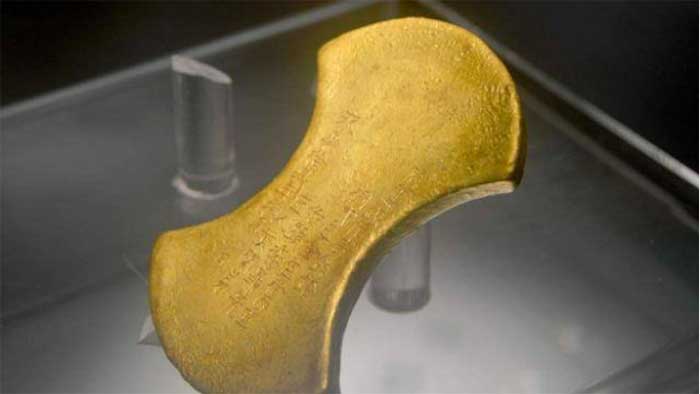
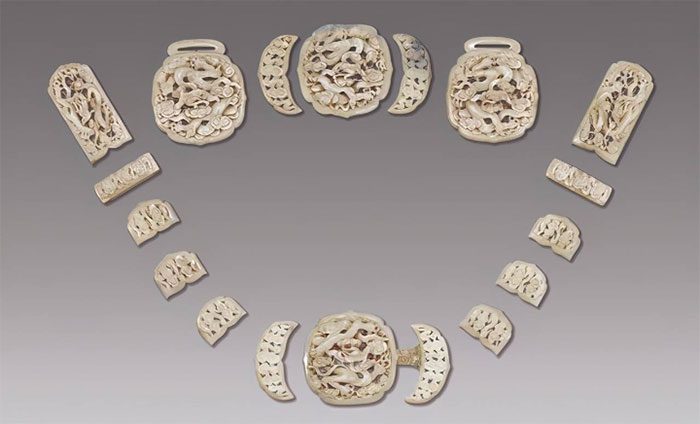
Detailed images of some valuable treasures unearthed from Prince Lương Trang’s tomb.
The items received by King Lương Trang were all collected by Zheng He, a famous explorer of the Ming Dynasty. He was granted command of a large fleet by the Ming Emperor, tasked with sailing the seas to explore and learn about other nations. According to the book “Yongle Encyclopedia” by the author Ma Huan during the Ming Dynasty, Zheng He’s fleet acquired a wide variety of precious stones from many places, including jade and rubies. This is why the tomb of King Lương Trang contained so much gold, silver, and precious gems.
















































